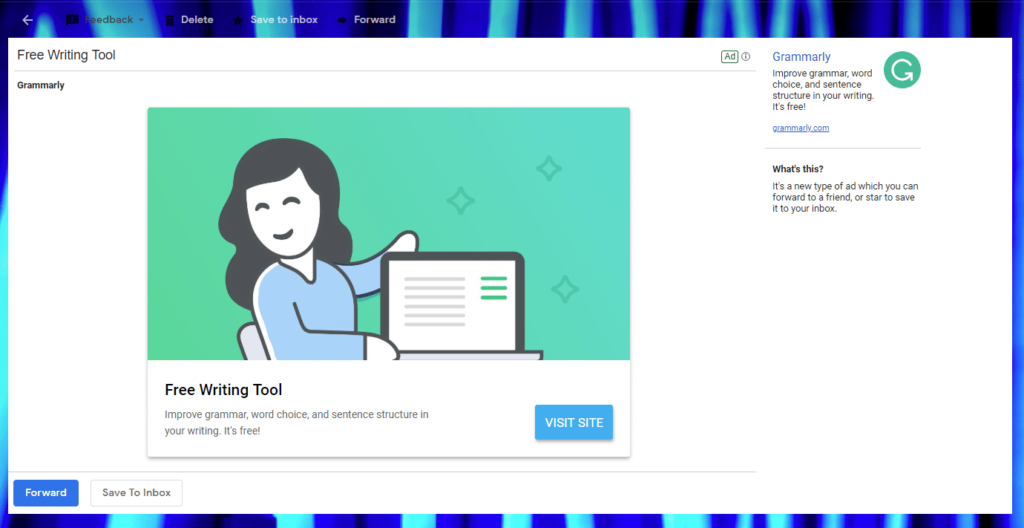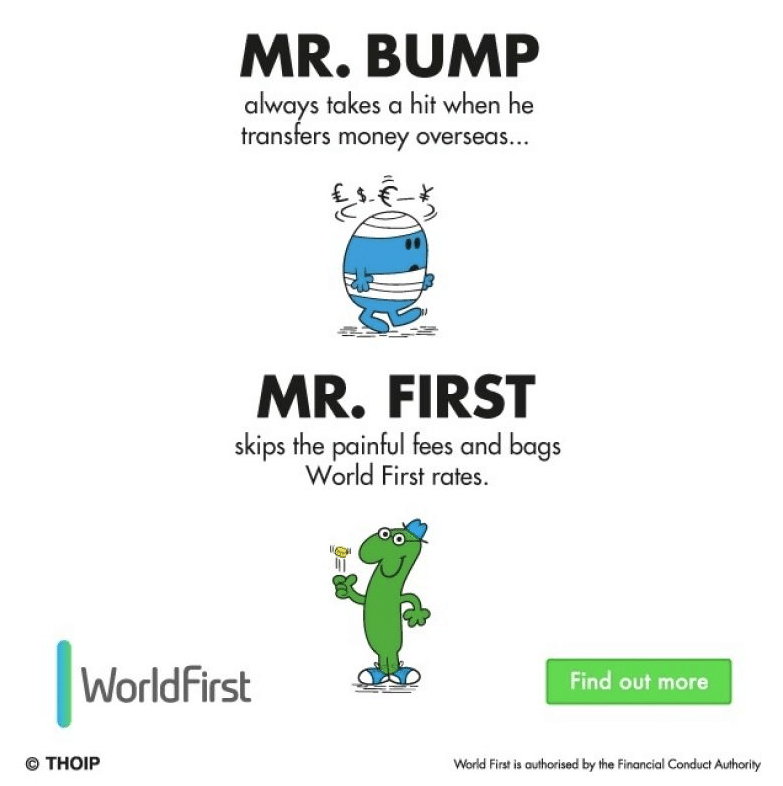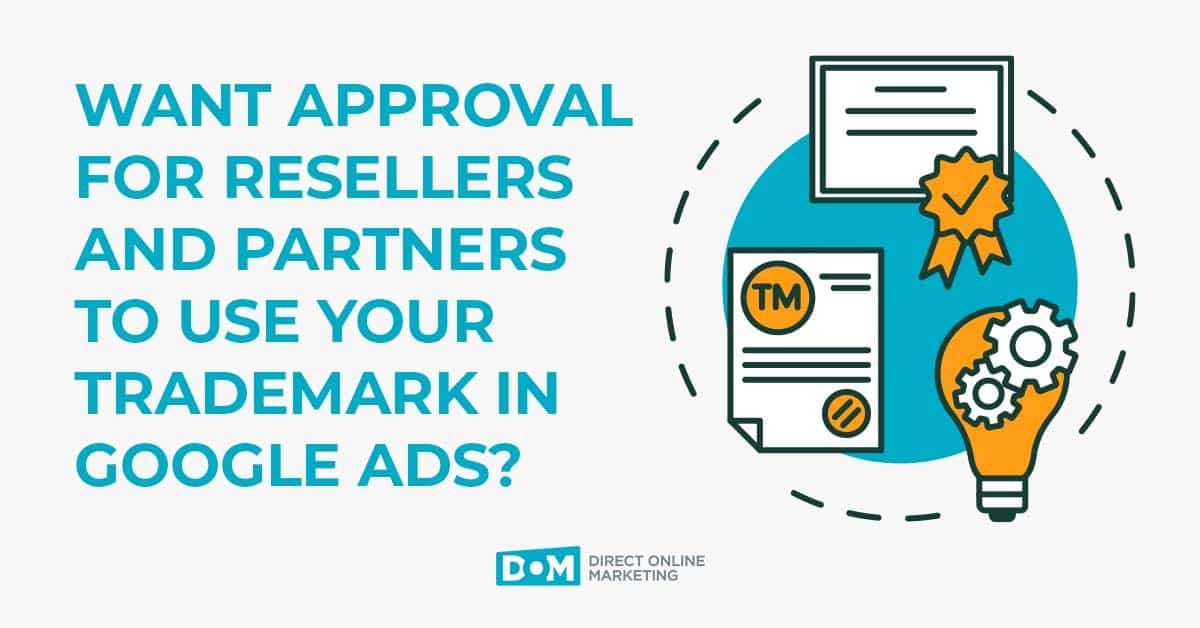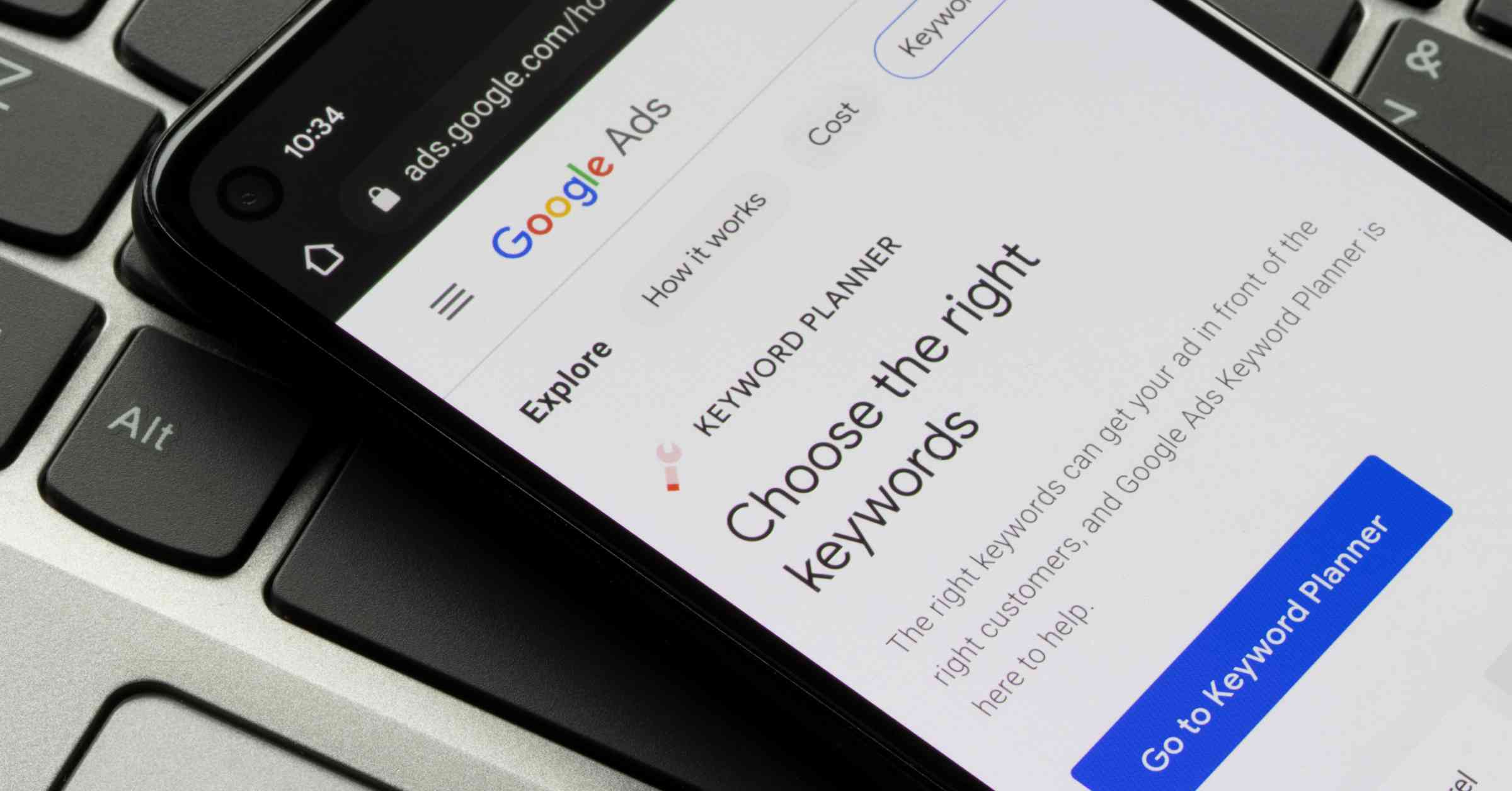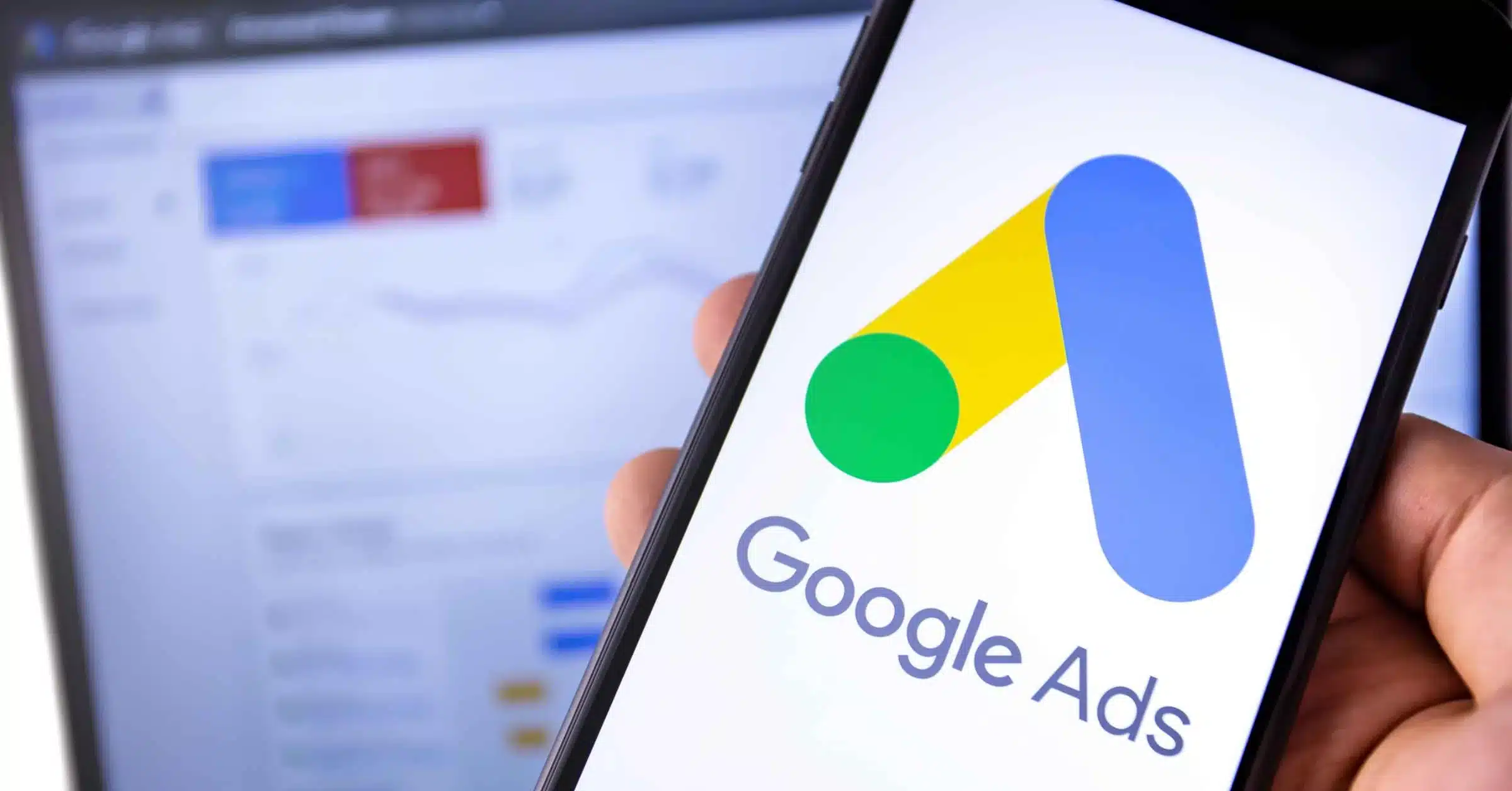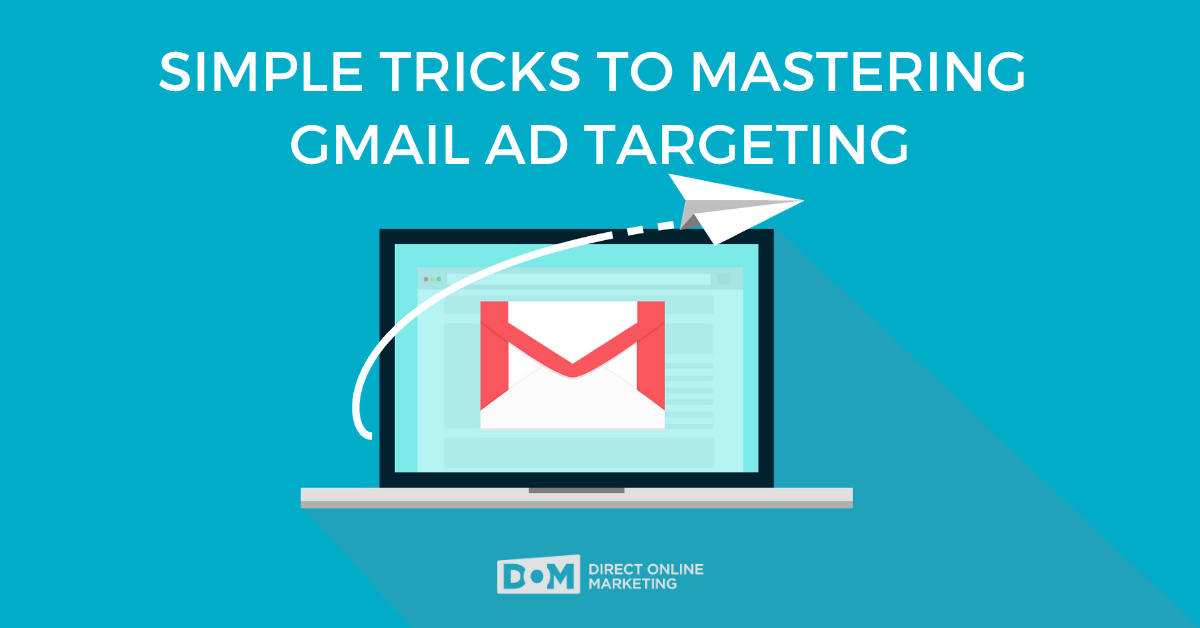
Marketers can’t rely on a single tactic or strategy anymore and expect results to plop into their laps. You have to be quick on your feet, agile, and ready to go where your customers are if you want to compete.
We’re ashamed to admit it, but we can’t tell you how many countless hours a day we spend staring at our email. And for our fellow human beings, it appears that I am not alone.
So, we know that we spend a lot of time on email and Gmail has a huge user base. Is it any surprise why marketers love Gmail ads?
We’ve talked about Gmail ads before—also known as Gmail Sponsored Promotions (GSP).
In this article, you will find a quick breakdown over maximizing your ROI with Gmail ads.
- What the heck is a Gmail ad?
- Why do they work so well?
- What are the different types of targeting?
- How do I maximize targeting to improve ROI?
First, a quick refresher on what Gmail ads look like and how they work.
Gmail Ads 101
In its current state, Gmail will segment and filter email messages into different categories. By default, Gmail inboxes have the following categories:
- Primary – Messages Gmail deems a higher priority
- Social – Messages sent from Facebook, LinkedIn, etc.
- Updates – Messages like bills, software updates, etc.
- Promotions – Messages about offers and deals
Users can click to view messages in these different categories. They typically look like this:
Outside of the “Primary” tab, users will see two messages at the very top of their inbox that looks similar to other emails.
At a glance, they look like every other email in your inbox. But as you can tell with the little “Ad” icon, these are Gmail ads.
When we click on one of these ads, we see an expanded promotion that fits right in with the Gmail experience.
What’s great about these ads is that they’re fully customizable. These promotions can include CTAs, videos, forms, links, and phone numbers.
Ideally, you want your Gmail ad to entice users to click a dedicated landing page.
Did we also mention that these ads are mobile-friendly?
The Advantages of Gmail Ads
Considering that we write a whole lot of content, this ad from Grammarly certainly checks out. Writing is part of our livelihoods, so they nailed it by targeting us in Gmail.
Marketers select specific ad platforms and ad types based on customers they want to reach. In particular, you want to target users by where they are in the sales funnel.
This example demonstrates just how good Gmail ads can be for customers at the top of the funnel. And it makes sense.
When we’re in Gmail, we’re not actively seeking a grammar checking tool at that exact moment. If we were, we’d likely be conducting a Google search. This is why pay-per-click search ads are much better for customers with higher intent.
But marketers want to reach buyers at every phase of the sales funnel. The power of digital ads lies in their ability to go wherever your customers are spending their time and dedicating their attention.
Gmail ads are perfect for customers who exist towards the top of the sales journey.
Don’t take it from us; check out these excellent examples of how two companies found success with Gmail ads.
World First
This money transfer company tried Gmail ads to increase brand awareness and engagement.
In roughly three months, here are a few of the results from the campaign:
- 41% increase in time on site
- 24% increase in new users
- 29% in pages per session
- 181% increase in conversion rate
HushHush.com
For this online retailer, Gmail ads proved to be a great addition to their marketing mix. They ran a one-month campaign that segmented products by category and user interest.
Here’s what HushHush.com’s head of digital performance, Nadejda Tatarciuc Birca, had to say about the results:
“In terms of return on ad spend, our Gmail ads proved profitable as soon as the first set of historic data became available, which we then used to optimize our targeting. And I was surprised to see that Gmail ads can exhibit encouraging conversion rates slightly faster than the average GDN placements.”
Why Targeting is so Crucial
The main challenge with Gmail ads is that marketers don’t know if they’re reaching customers at the right time.
They perform similarly to display and social advertising in the sense that without the proper targeting, it’s easy to overspend on users who aren’t interested in your product or service.
Based on the different targeting options, marketers have plenty of choices to overcome these challenges.
Gmail Ads Targeting Types
When firing up a Gmail campaign, you’ll find all these types of targeting available for Gmail ads.
- Affinity audiences
- Audience keywords
- Automated targeting
- Customer match
- Demographics
- In-market audiences
- Life Events
Nailing your targeting with Gmail ads will yield better results.
Don’t Mix In-Market with Other Targeting Types
For those of you new to Gmail Ads and the Google Display Network, a best practice to keep in mind relates to your account structure.
In particular, you want to avoid combining in-market audiences with other targeting options inside of the same ad group and campaign.
For example, it may seem a good idea to apply the in-market audience and keyword targeting in the same ad group. But this will only complicate any insights gleaned from ad performance.
Optimization is the key to generating higher ROI for any paid advertising campaign.
Creating separate ad groups can help improve performance analysis in the long-run. In fact, keeping them separated will make it easier to conduct split testing to see which targeting type has better performance.
Maximize Retargeting with Similar Audiences
Retargeting wasn’t always available for Gmail ads. I’m happy to report that this is no longer the case.
Retargeting has proven its worth as a method for getting a second chance at winning business with customers already familiar with your brand.
Building a massive retargeting list can take quite a while. And that is a drag.
Since your retargeting list is limited in its size, it won’t be the magic bullet for your Gmail ads campaign.
But what if there was a way to double or even triple your current retargeting lists?
Enter Google’s Similar Audiences targeting. This type of targeting allows you to select a group of users with similar interests and characteristics as those on your retargeting list.
So while these users may not have interacted with your brand in the past, there’s a strong chance that you have a product or service they need.
Construct Insanely Specific Buyer Personas
Buyer personas are nothing new. But there’s one thing that’s all too common: vagueness.
Creating a vague buyer persona doesn’t accomplish much of anything.
Let’s say we sell artisan quality leather sandals for young men. Here’s a pretty standard, bland buyer persona:
- Male
- Age 18 – 24
- Income: $35,000 – $60,000 annually
- USA
- College graduate
When we say “insanely” specific, we mean creating a fictional person with a story. Here’s how we would create his persona:
- Bradley
- 23 years old
- College graduate from Michigan State
- $55,000 annual income
- Background: During the week, Bradley works as a business development executive for a small software company. He doesn’t like to splurge too often, but when he shops for himself, he enjoys products that have style and high quality. Bradley also lives to party on the weekend and spends a lot of time at the beach. He’s usually with friends on weekends and stays active to soak up lots of time outside.
See what We did there?
By using specific details, we now have a lot more to work with when trying to pin down buyer persona interests.
Try it out for yourself and see if the inspiration when applying affinity audiences targeting comes to you more naturally.
Let Google Build an Audience for You
Work smarter, not harder.
As cliché a saying as they come, but that doesn’t detract from how spot on this is.
Google’s algorithm has gotten scary good at modeling user behavior. If you’re willing to experiment, we recommend checking out the Custom Intent option.
In this type, Google will build an audience for you. It does this by examining user behavior associated with keywords or website domains.
It’s scary, but it works exceptionally well.
Use Keyword Targeting for Greater Intent
Nothing will ever be better than search advertising for user intent.
Having said that, marketers can opt to leverage Google’s plethora of keyword data to target specific users.
Let’s say we’re in the market for a new pair of Ray Ban sunglasses. Between Google Search and our activity on the Chrome browser, Google probably has a good idea about our interest in scoring new shades.
Now let’s say you manufacture sunglasses with better materials, similar style, and at a better price. If you were a smart marketer, you could use keyword targeting in Gmail ads to reach us with branded competitor terms.
Pro Tip: If you do target competitor keywords, you better have a good reason to get us to switch from my favorite go-to brand.
Exercise Caution with Automated Targeting
Automation will likely change our world quite dramatically over the next few decades. In a lot of cases, we love automation.
And yes, Google does offer an automated targeting option for Gmail ads.
Do we think you could see great results using this type of targeting?
Yes.
Do we also think you could inflate impressions and lower conversion rates?
That’s a Texas-size 10-4, good buddy.
We’re all for experimentation; if there’s a chance automated targeting will work for you, go for it.
But you have to keep in mind that automated targeting is really best for campaigns with more aggressive and broad targeting goals. Most businesses will generate tons of impressions, meaning that costs will skyrocket if you aren’t careful.
Just make sure you exercise caution.
Use Best Design Practices
Google’s own advice for Gmail ads is to make them as useful and responsive as a landing page would be.
This means making sure you’re following the best practices for design and usability. That includes the right mixture of photos and text, but also make sure you’re using complementary colors, attention-grabbing calls to action, and the absolute best copy you can muster. The extra care and attention will pay huge dividends.
Use a Great Headline
It goes without saying, but we’re going to say it anyway: you need to have a great, eye-catching headline that will make users want to click your ad. Keeping with the design aesthetic of Gmail, your headline should resemble an email, so it might be helpful to think of your ad as an email marketing piece rather than an ad.
Also, don’t be afraid to use emojis. Emails that use emojis tend toward higher engagement.
Consider Google Discovery Ads
Some digital marketers don’t even bother with Gmail ads anymore because of the runaway success of Google Discovery Ads in getting a piece of the ever-growing mobile pie. Check out our guide on Discovery Ads.
Final Thoughts About Gmail Ads
In this article, you should be able to come away with a better understanding of:
- What Gmail ads look like and how they work
- Why they’re so effective for reaching customers at the top of the sales funnel
- How to properly target users for better ROI
Gmail ads are great, but they should only be one part of a more comprehensive marketing strategy. Now that you’re armed with the knowledge to achieve better results with Gmail ads, it’s time to get out there and put our tips to the test.
If you’d like even more help finding the best ways to reach your future customers with digital marketing, get in touch with us today.


